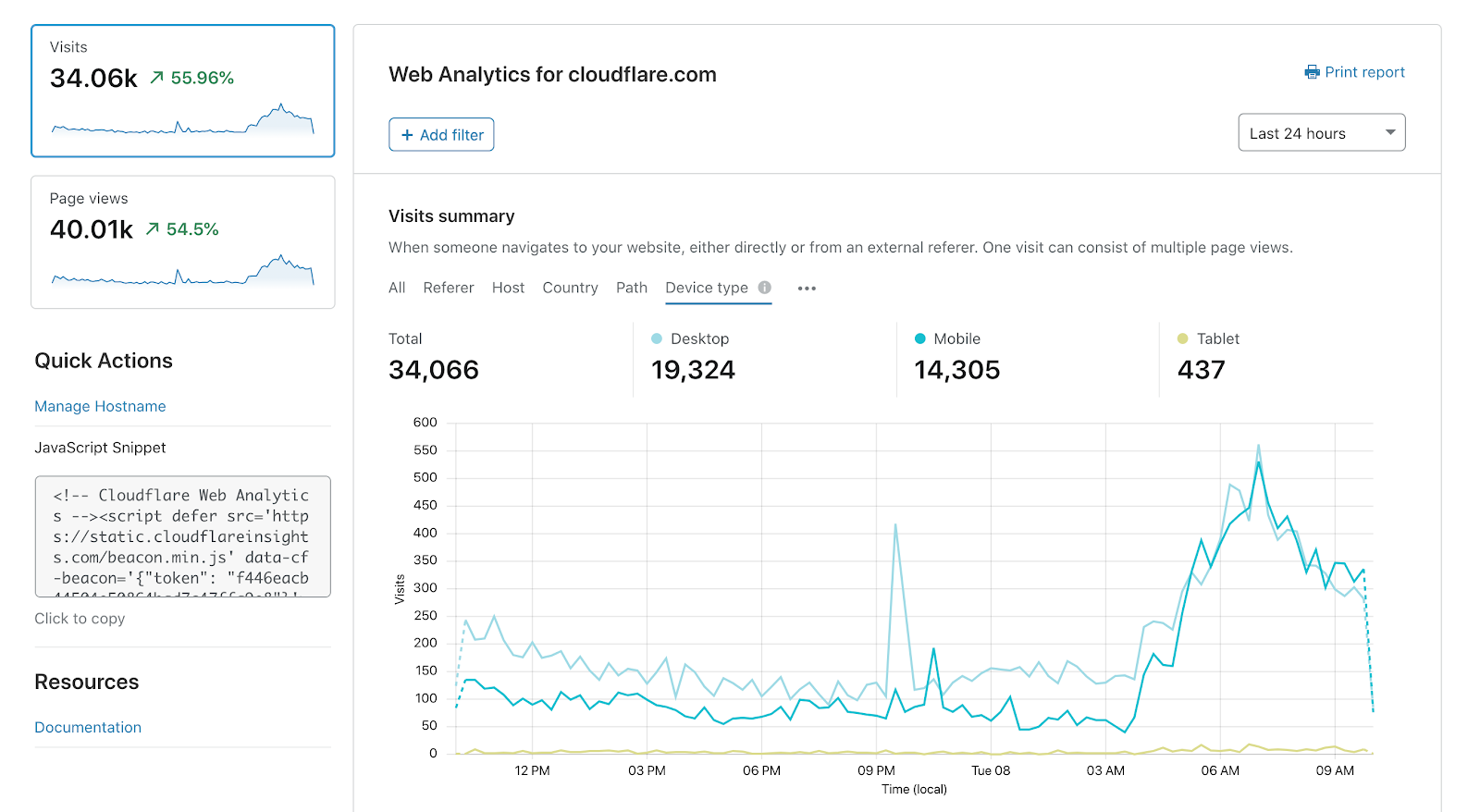An advertiser should group their campaigns by:
An advertiser should group their campaigns by:

When an advertiser decides to create multiple campaigns, they should group each separate campaign into its own profitable keyword category. They should make sure the campaigns are closely related to one another and that the keywords in each separate campaign make sense. When an advertiser should group their campaigns by: keywords they use frequently then it would be smart to group their other campaigns into the same group of keywords, too. For example, a campaign for real estate would be grouped with home mortgage related keywords. In contrast, a campaign for selling used cars would not be grouped with real estate related keywords.
A second way that an advertiser should group their campaigns by: is based on the relevancy of their products or services. If an advertiser has the information regarding the most commonly searched keywords for their products then they can group these keywords together. This will make the group of keywords much more relevant to what their customers are searching for when performing searches on Google, Yahoo or Bing. Therefore, if an advertiser were to group all of their products or services under “used cars” then their customers would no longer have to sift through search results to find the most relevant match for their search. This would save them time, energy and potentially, money.
As a third way to group a campaign by: is to find related keywords in the different campaign groups. Each group should contain similar but diverse keywords. Then when a customer types in a related search word the system will match the keywords within each group. By doing this an advertiser should group their campaigns by: best converting keywords. The benefit to using groupings in this manner is that the keyword being matched will always be highly relevant to the user’s query.
The fourth way to group a campaign by: keywords is to use relative keyword terms to advertise products. When advertising a new product an advertiser should group their ads according to their products. For example, if they sell tires then they could group their ads under the following groups: used tires, used car tires, cheap used tires. Then, when a potential customer searches for a specific product under one of these groupings they will find the ads matching the searcher’s search.
Campaigns can also be grouped by: relevancy. This means that a campaign can be grouped by relevancy if it was researched beforehand to find what people are actually searching for online. An example of this might be if a campaign targets mainly women then their ads would be grouped by: household products, fashion accessories, household appliances and household accessories. Again, the idea here is to direct traffic toward the products that are of value to the searcher.
And finally, in campaign management software it makes sense to group your ads by: campaign life cycle. This simply means that the longer you run a campaign the more potential customers you will receive. Therefore it makes sense to group by campaign life cycles. As an example, if you are running a print ad campaign then it only makes sense to group by quarterly because print usually only comes around once a year. By grouping by campaign life cycles you are directing traffic toward the right types of campaigns.





Leave a Reply